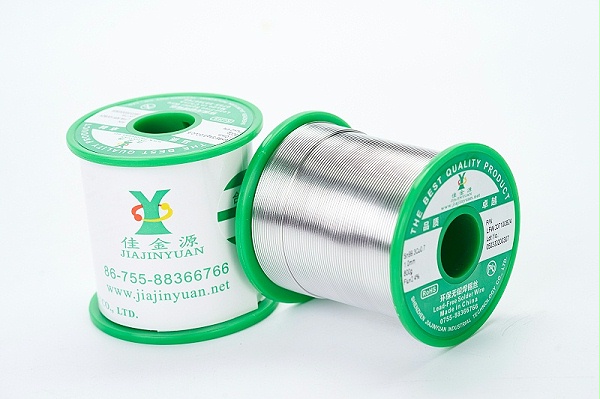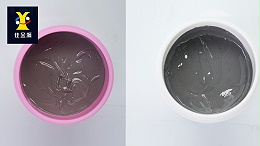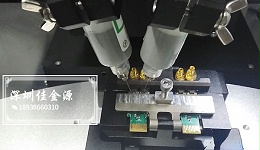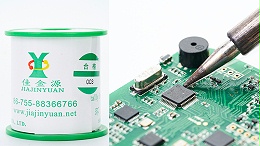
With the development of The Times,Solder wireThere are also many soldering methods. One is machine soldering, and the other is manual soldering. Practitioners in this field should be quite clear about this. The so-called machine automatic soldering refers to the use of an automatic soldering machine to achieve the soldering of solder wire and components. Another type of manual soldering is manual tin feeding. Now, JJY solder Paste Factory will talk to you about the methods of solder wire:
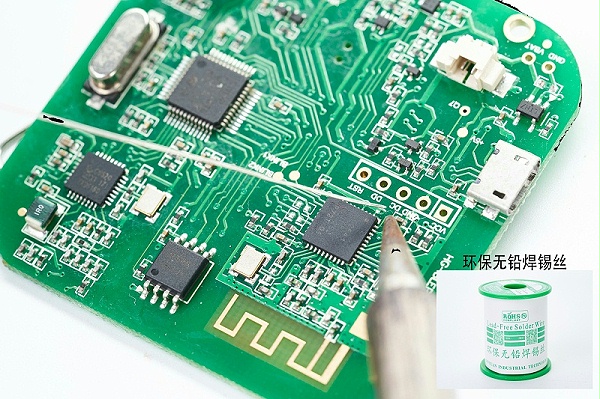
The welding method of solder wire:
1Fusion welding: It is a method of welding in which the interface of the workpiece is heated to a molten state during the welding process without applying pressure to complete the welding. During fusion welding, the heat source rapidly heats and melts the interface of the two workpieces to be welded, forming a molten pool. The molten pool moves forward with the heat source. After cooling, it forms a continuous weld seam and connects the two workpieces into one.
During the fusion welding process, if the atmosphere comes into direct contact with the high-temperature molten pool, the oxygen in the atmosphere will oxidize the metal and various alloy elements. Nitrogen, water vapor and other substances in the atmosphere entering the molten pool will also form defects such as pores, slag inclusions and cracks in the weld seam during the subsequent cooling process, deteriorating the quality and performance of the weld seam.
2Pressure welding: It is a process where two workpieces are atomically bonded in a solid state under pressure, also known as solid-state welding. The commonly used pressure welding process is resistance butt welding. When current passes through the connection end of two workpieces, the temperature at that point rises due to the high resistance. When heated to a plastic state, they are joined as one under the action of axial pressure.
The common feature of various pressure welding methods is that pressure is applied during the welding process without adding filler materials. Most pressure welding methods, such as diffusion welding, high-frequency welding, and cold pressure welding, do not have a melting process. Therefore, there are no problems like the loss of beneficial alloy elements and the invasion of harmful elements into the weld seam as in fusion welding. This simplifies the welding process and also improves the safety and hygiene conditions of welding. Meanwhile, because the heating temperature is lower than that of fusion welding and the heating time is shorter, the heat-affected zone is smaller. Many materials that are difficult to weld by fusion welding can often be welded by pressure welding to form high-quality joints of the same strength as the base material.
3Brazing: It is a method that uses a metal material with a lower melting point than the workpiece as the brazing filler metal. The workpiece and the brazing filler metal are heated to a temperature higher than the melting point of the brazing filler metal but lower than that of the workpiece. The liquid brazing filler metal wets the workpiece, fills the interface gap, and achieves interatomic diffusion with the workpiece, thereby realizing the welding.
The above is all the small knowledge I have shared today. You can take a brief look. Here, I would like to tell everyone that choosing the solder wire that suits your factory's welding process is definitely beneficial to the quality of the welding. Do not blindly weld, which may lead to product quality problems. If you have any questions here, welcome to follow the online message of JJY Solder Paste Factory and interact with us!
